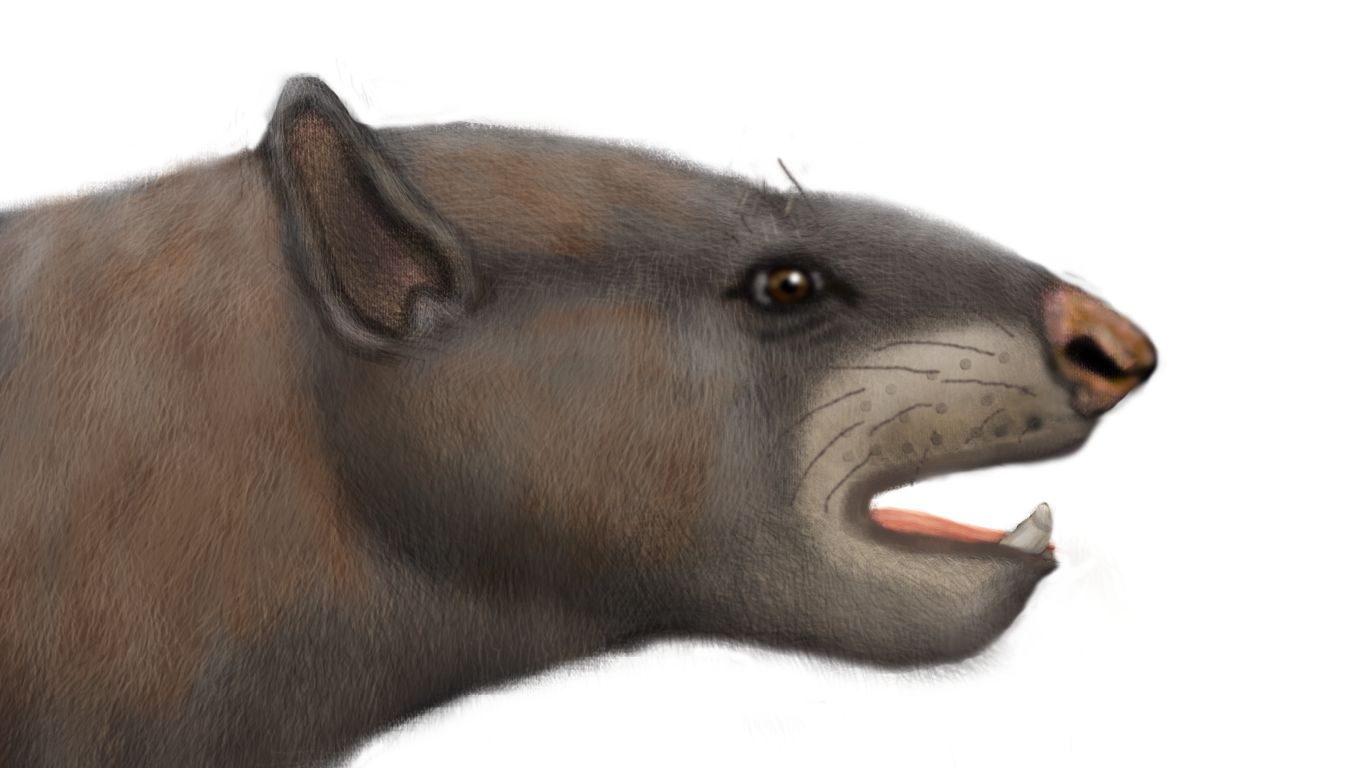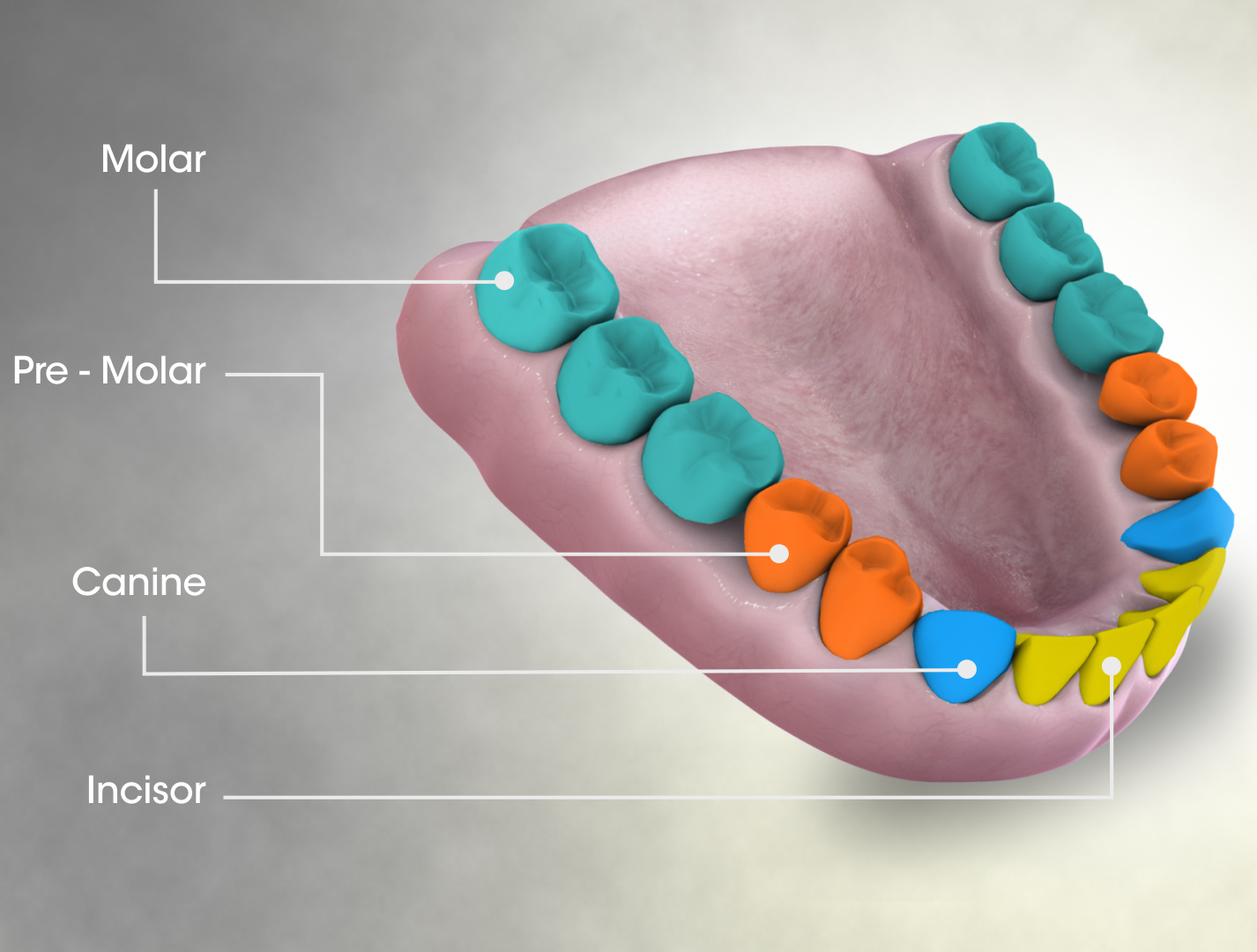|
Astrapothere
Astrapotheria is an extinct Order (biology), order of South American and Antarctic ungulate, hoofed mammals that existed from the late Paleocene to the Middle Miocene, ."The uruguaytheriine Astrapotheriidae from the rich middle Miocene Honda Group of the upper Magdalena River valley in Colombia (...) are the youngest securely dated remains of that order in South America." Astrapotheres were large and rhinoceros-like animals and have been called one of the most bizarre orders of mammals with an enigmatic evolutionary history. This taxonomy of this order is not clear, but it may belong to Meridiungulata (along with Notoungulata, Litopterna, Pyrotheria and Xenungulata). In turn, Meridungulata is believed to belong to the extant superorder Laurasiatheria. Some scientists have regarded the astrapotheres (and sometimes the Meridiungulata as a whole) as members of the clade Atlantogenata. However, collagen and mitochondrial DNA sequence data analysed in 2015 places at least the notoung ... [...More Info...] [...Related Items...] OR: [Wikipedia] [Google] [Baidu] |
Astrapotheriidae
Astrapotheriidae is an extinct family of herbivorous South American land mammals that lived from the Late Eocene (Mustersan SALMA) to the Middle Miocene (Laventan SALMA) . The most derived of the astrapotherians, they were also the largest and most specialized mammals in the Tertiary of South America. There are two sister taxa: Eoastrapostylopidae and Trigonostylopidae. Around 1900, Argentine paleontologist Florentino Ameghino described eight Colhuehuapian (Early Miocene) species from specimens he found south of Lake Colhué Huapi in Patagonia and grouped them into three genera: ''Parastrapotherium'', '' Astrapotherium'', and ''Astrapothericulus''. It was obvious to Ameghino that these species represented a great diversity, ranging in size from a peccary to a rhinoceros, but his description was based entirely on fragmentary and not always comparable dental remains. Other expeditions to Patagonia have subsequently recovered considerably more complete materials. Genera Accord ... [...More Info...] [...Related Items...] OR: [Wikipedia] [Google] [Baidu] |
Eoastrapostylopidae
''Eoastrapostylops'' is an extinct genus of astrapothere that lived during the Late Paleocene in what is now Argentina. Description This animal was small in size; the skull was 9 centimeters long and the total length of the animal probably just exceeded half a meter. ''Eoastrapostylops'' possessed a short muzzle ; its canines were well developed but not yet derived into large fangs, as was the case in later South American ungulates such as '' Trigonostylops'', and the nasal bones were not retracted, indicating the absence of the typical proboscis exhibited by later forms. The dentition of ''Eoastrapostylops'' recalls that of its later relative, ''Trigonostylops''. molars and premolars were low-crowned and lophoselenodont-shaped. The fourth premolar was molarized, while both the fourth upper premolar and the third upper molar were triangularly shaped and lacked an hypoconus. Classification ''Eoastrapostylops riolorense'' was first described in 1981, based on fossils found in ... [...More Info...] [...Related Items...] OR: [Wikipedia] [Google] [Baidu] |
Astrapotherium Magnum Skull
''Astrapotherium'' ("lightning beast") is an extinct genus of South American mammals that vaguely resembled a small elephant or large tapir. However, it was unrelated to elephants or tapirs, but was instead related to other extinct South American ungulates. Fossils have been dated from the Early to Middle Miocene. Fossil remains of the type species ''A. magnus'' have been found in the Santa Cruz Formation in Argentina. Other fossils have been found in the Deseado, Sarmiento, and Aisol Formations of Argentina and Chile (Cura-Mallín Group).''Astrapotherium'' at .org Description [...More Info...] [...Related Items...] OR: [Wikipedia] [Google] [Baidu] |
Meridiungulata
South American native ungulates, commonly abbreviated as SANUs, are extinct ungulate-like mammals of controversial affinities that were indigenous to South America prior to the Great American Biotic Interchange. They comprise five major groups conventionally ranked as orders— Astrapotheria, Litopterna, Notoungulata, Pyrotheria, and Xenungulata—as well as some other taxa, such as Didolodontidae and Kollpaniidae. It has been proposed that some or all of the members of this group form a clade, named Meridiungulata, though the relationships of South American ungulates remain largely unresolved. The two largest groups of South American ungulates, the notoungulates and the litopterns, were the only groups to persist beyond the mid Miocene. Only a few of the largest species of notoungulates and litopterns survived until the end-Pleistocene extinctions. Though most SANUs lived in South America, astrapotheres and litopterns are known from Eocene aged deposits in the Antarctic Pe ... [...More Info...] [...Related Items...] OR: [Wikipedia] [Google] [Baidu] |
Astrapotherium
''Astrapotherium'' ("lightning beast") is an extinct genus of South American mammals that vaguely resembled a small elephant or large tapir. However, it was unrelated to elephants or tapirs, but was instead related to other extinct South American ungulates. Fossils have been dated from the Early to Middle Miocene. Fossil remains of the type species ''A. magnus'' have been found in the Santa Cruz Formation in Argentina. Other fossils have been found in the Deseado, Sarmiento, and Aisol Formations of Argentina and Chile (Cura-Mallín Group).''Astrapotherium'' at .org Description [...More Info...] [...Related Items...] OR: [Wikipedia] [Google] [Baidu] |
Trigonostylops
''Trigonostylops'' is an extinct genus of South American meridiungulatan ungulate, from the Late Paleocene to Late Eocene (Itaboraian to Tinguirirican in the SALMA classification) of South America (Argentina and Peru) and Antarctica (Seymour Island). It is the only member of the family Trigonostylopidae. Description A complete skull of the type species, ''T. wortmani'', has been found, and it has been classified as an astrapothere based on its large lower incisors. Phylogeny Cladogram based in the phylogenetic analysis published by Vallejo Pareja ''et al''., 2015, showing the position of ''Trigonostylops'':Vallejo Pareja et al., 2015 Distribution Fossils of ''Trigonostylops'' have been found in:''Trigonostylops'' at |
Xenungulata
Xenungulata ("strange ungulates") is an order of extinct and primitive South American hoofed mammals that lived from the Late Paleocene to Early Eocene ( Itaboraian to Casamayoran in the SALMA classification). Fossils of the order are known from deposits in Brazil, Argentina, Peru, and Colombia. The best known member of this enigmatic order is the genus ''Carodnia'', a tapir-like and -sized animal with a gait similar to living African elephants. Description Xenungulates are characterized by bilophodont M1–2 and M1–2, similar to pyrotheres, and complex lophate third molars, similar to uintatheres. Though other relationships, to arctocyonids for example, have been suggested, no proofs thereof have been found. The foot bones of xenungulates were short and robust and their digits terminated in broad, flat, and unfissured hoof-like unguals, quite unlike any other meridiungulates. The discovery of '' Etayoa'' in Colombia made it clear that xenungulates are distinct from ot ... [...More Info...] [...Related Items...] OR: [Wikipedia] [Google] [Baidu] |
Ungulate
Ungulates ( ) are members of the diverse clade Ungulata which primarily consists of large mammals with hooves. These include odd-toed ungulates such as horses, rhinoceroses, and tapirs; and even-toed ungulates such as cattle, pigs, giraffes, camels, sheep, deer, and hippopotamuses. Cetaceans such as whales, dolphins, and porpoises are also classified as even-toed ungulates, although they do not have hooves. Most terrestrial ungulates use the hoofed tips of their toes to support their body weight while standing or moving. The term means, roughly, "being hoofed" or "hoofed animal". As a descriptive term, "ungulate" normally excludes cetaceans as they do not possess most of the typical morphological characteristics of other ungulates, but recent discoveries indicate that they were also descended from early artiodactyls. Ungulates are typically herbivorous and many employ specialized gut bacteria to allow them to digest cellulose. Some modern species, such as pigs, are ... [...More Info...] [...Related Items...] OR: [Wikipedia] [Google] [Baidu] |
Molar (tooth)
The molars or molar teeth are large, flat teeth A tooth ( : teeth) is a hard, calcified structure found in the jaws (or mouths) of many vertebrates and used to break down food. Some animals, particularly carnivores and omnivores, also use teeth to help with capturing or wounding prey, te ... at the back of the mouth. They are more developed in mammal, mammals. They are used primarily to comminution, grind food during mastication, chewing. The name ''molar'' derives from Latin, ''molaris dens'', meaning "millstone tooth", from ''mola'', millstone and ''dens'', tooth. Molars show a great deal of diversity in size and shape across mammal groups. The third molar of humans is sometimes vestigial. Human anatomy In humans, the molar teeth have either four or five cusp (dentistry), cusps. Adult humans have 12 molars, in four groups of three at the back of the mouth. The third, rearmost molar in each group is called a Third molar, wisdom tooth. It is the last tooth to appear, ... [...More Info...] [...Related Items...] OR: [Wikipedia] [Google] [Baidu] |
Selenodont
Selenodont teeth are the type of molars and premolars commonly found in ruminant herbivores. They are characterized by low crowns, and crescent-shaped cusps when viewed from above (crown view). The term comes from the Ancient Greek roots (, 'moon' or 'moonlike'), and , (, 'tooth'). They differ from human molars in that the occlusal surface is not covered in enamel; rather, the layers of enamel, dentine, and cementum are all exposed, with cementum in the middle, surrounded by a layer of enamel, then a layer of dentine, all wrapped in a second outer layer of enamel. Viewed from the side, selenodont teeth form a series of triangular cusps. The combination of triangular profiles with ridges formed by the exposed layers makes the lateral chewing motion of ruminant Ruminants ( suborder Ruminantia) are hoofed herbivorous grazing or browsing mammals that are able to acquire nutrients from plant-based food by fermenting it in a specialized stomach prior to digestion, principal ... [...More Info...] [...Related Items...] OR: [Wikipedia] [Google] [Baidu] |





